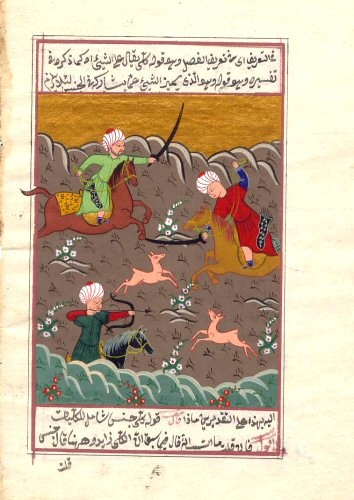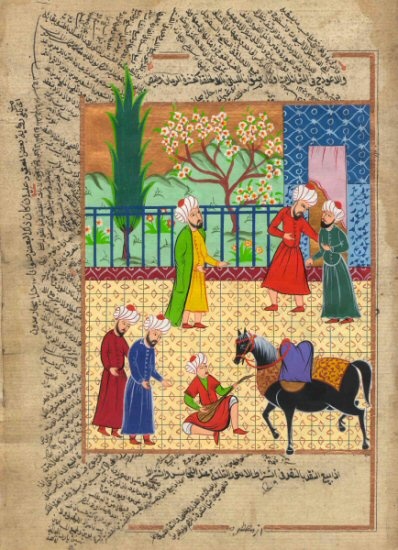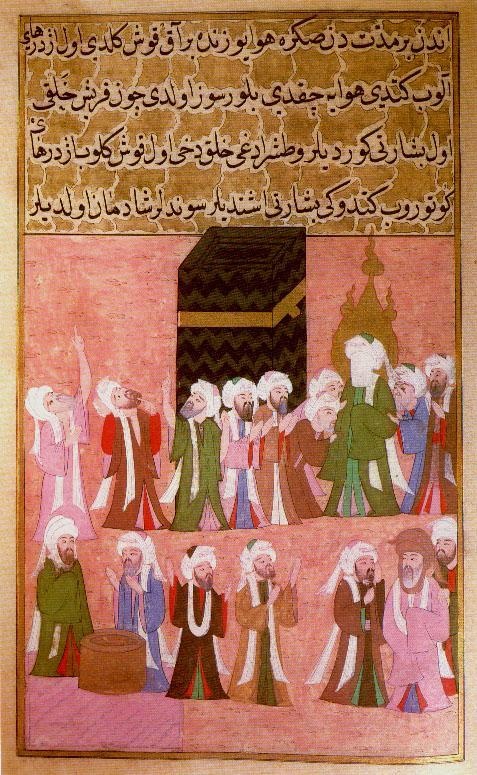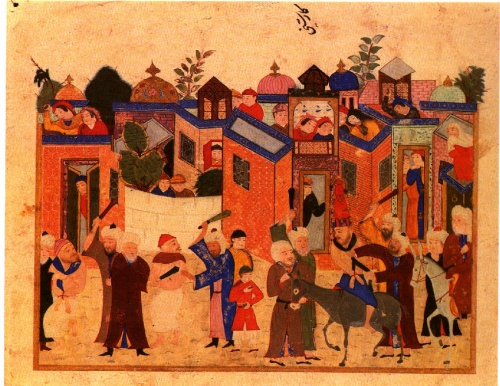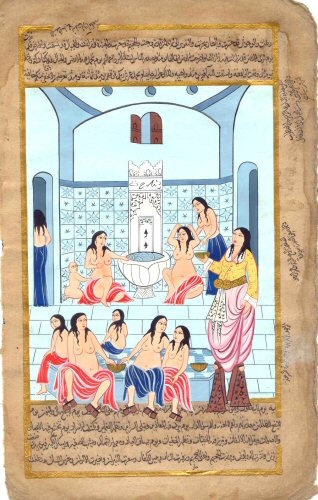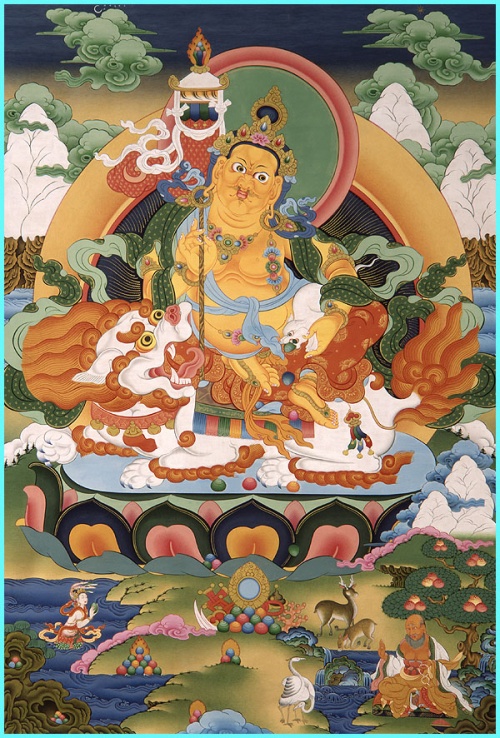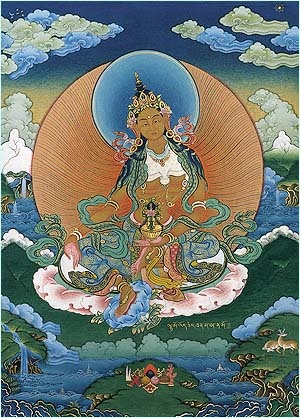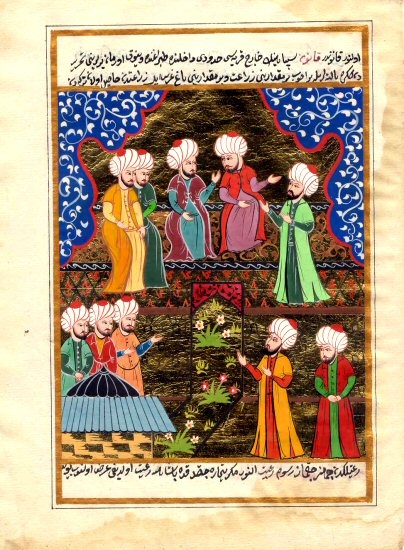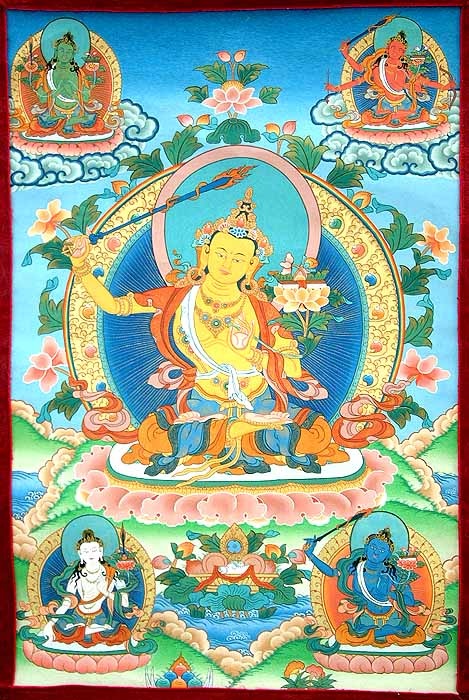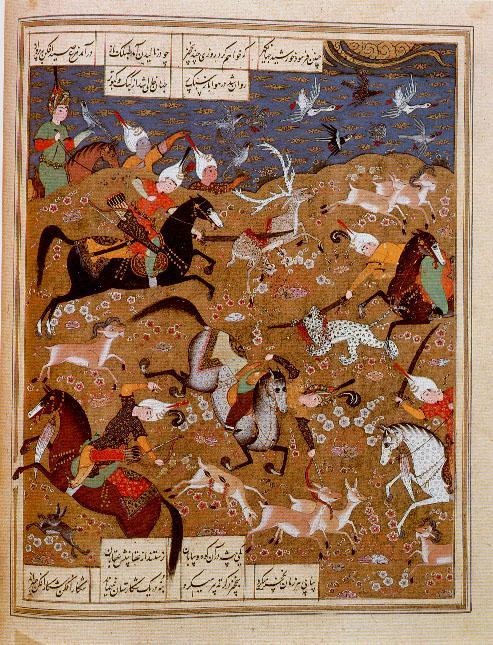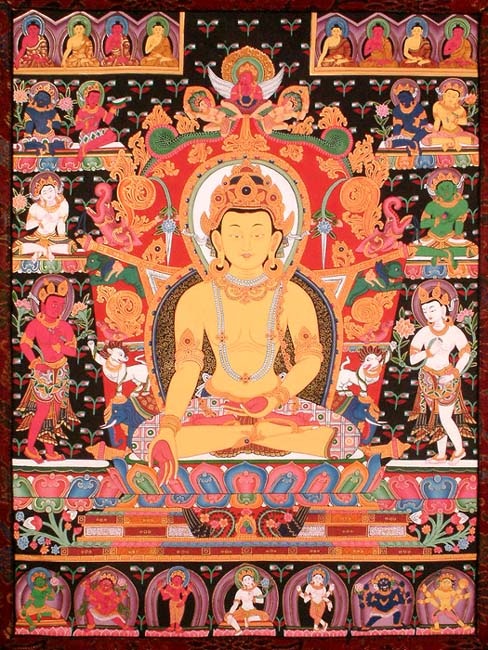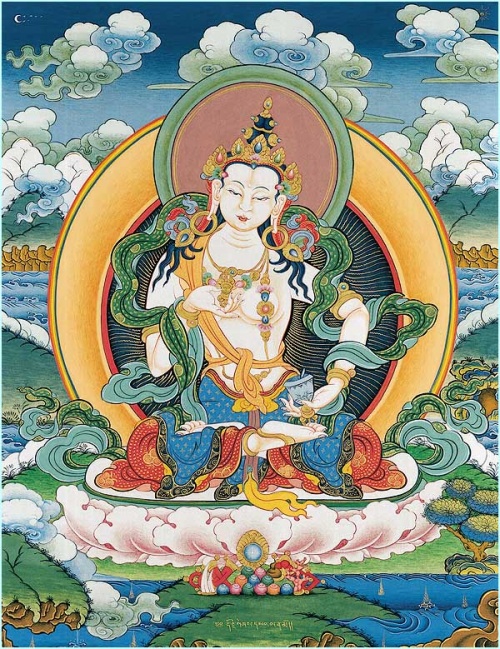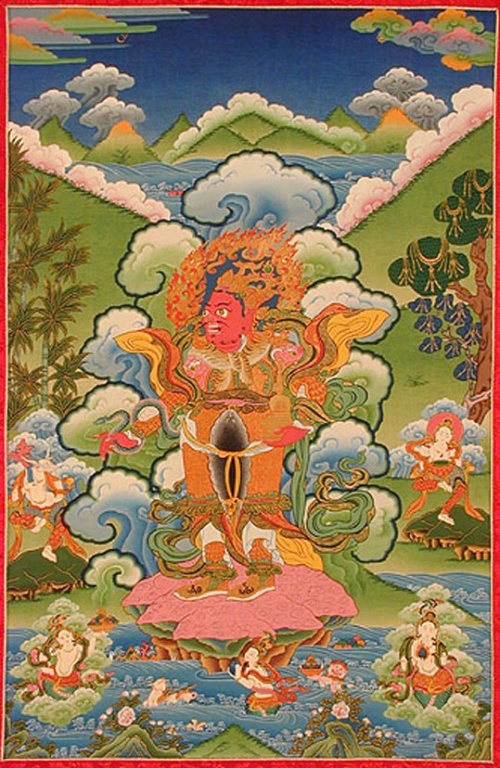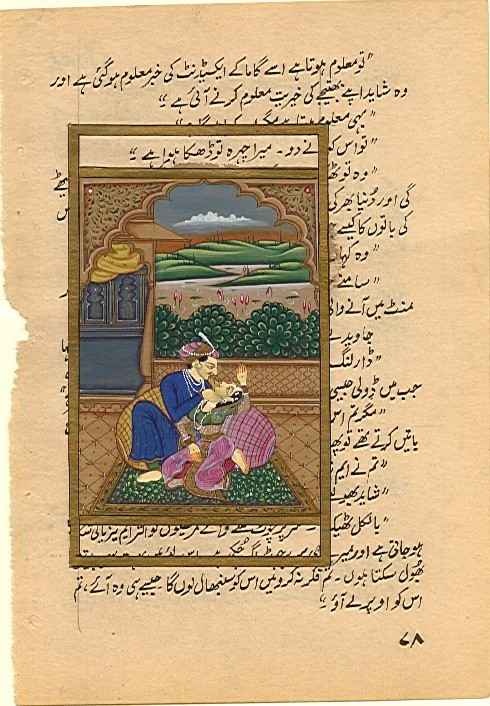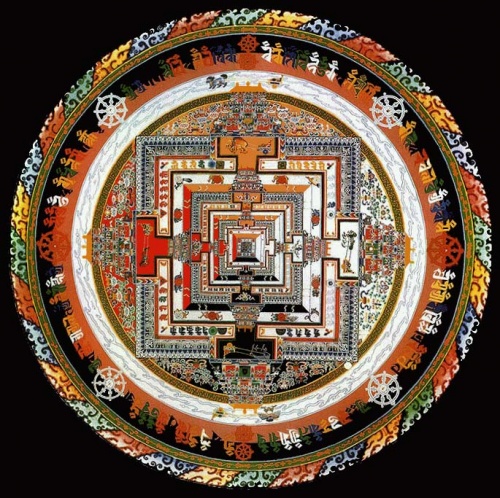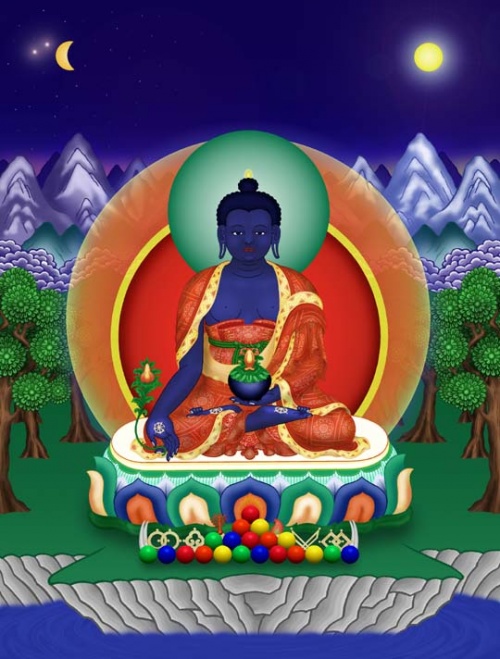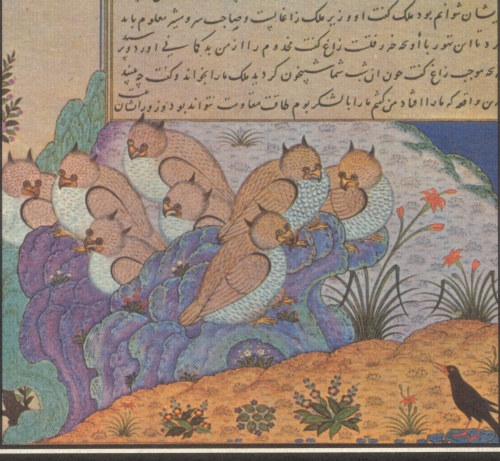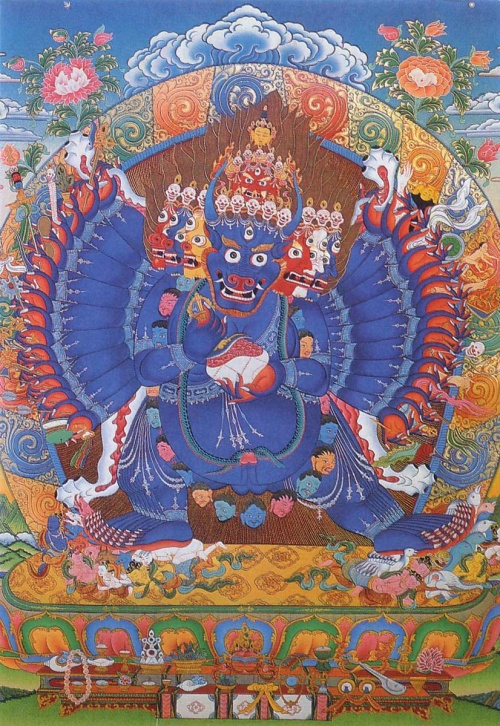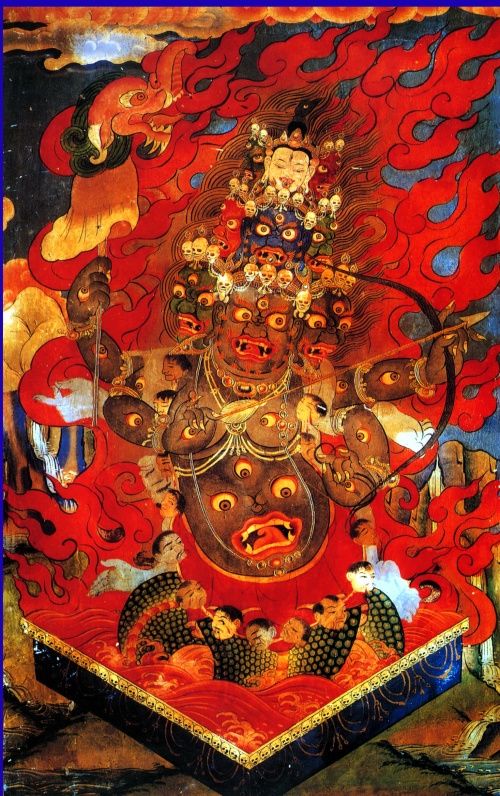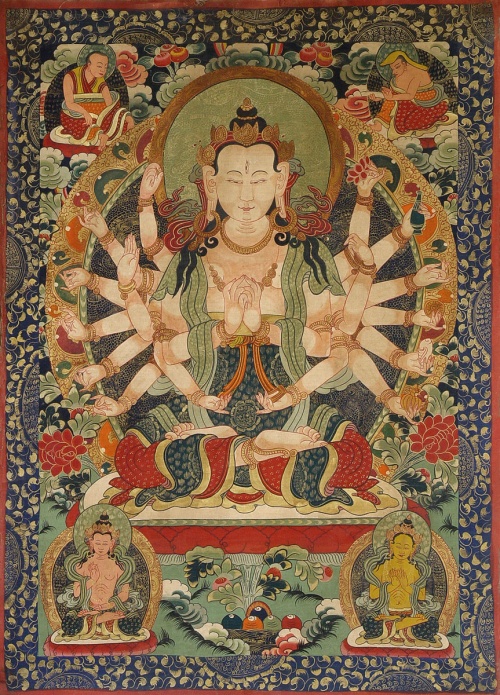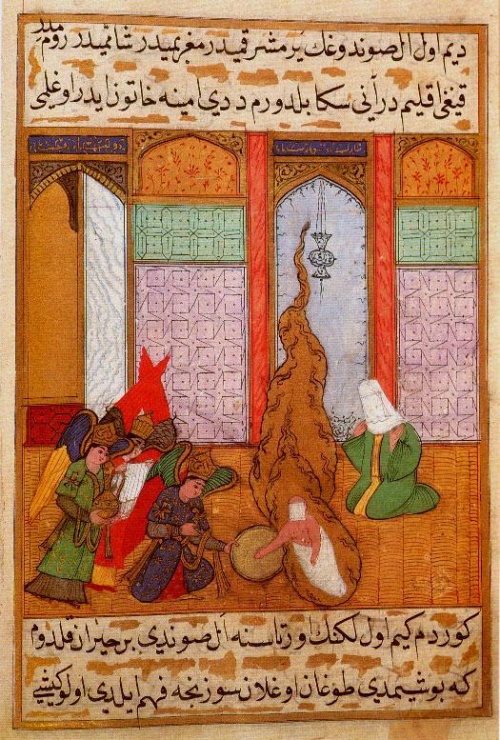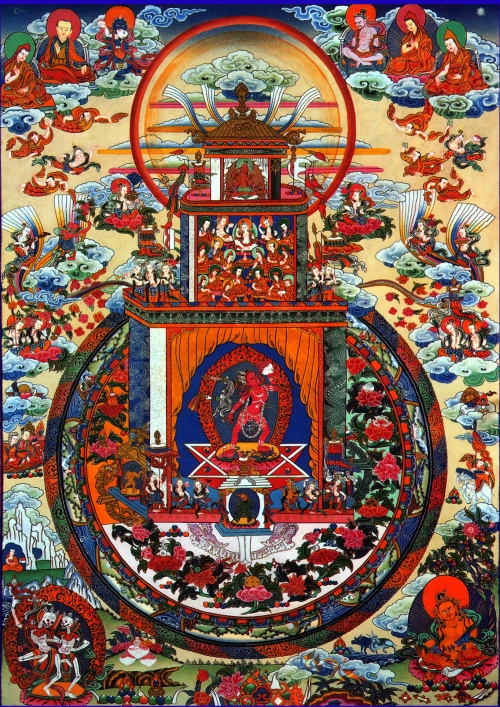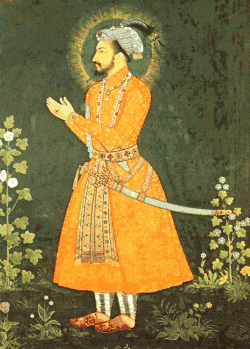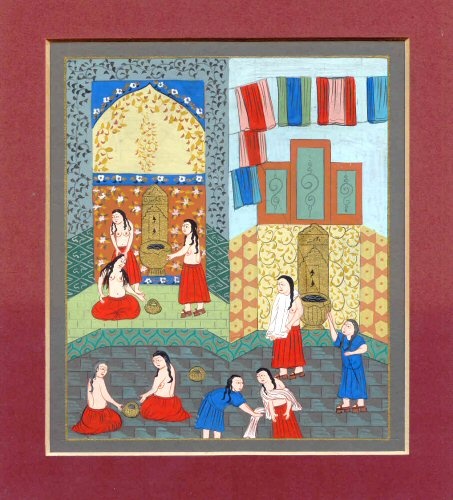Tibetan Thangka and Mandala | Tibetan Thangka and Mandala (160 works)
Разрешение картинок от x до 4488x6177px
MANDALA
Mandala (Sanskrit mandala = “round, circular”), a symbolic-magical flat or relief, graphic, pictorial, bulk or figurative (initially round in shape) embodiment of ideas about the structure of the world, recognized in the Teachings of a particular spiritual School (usually - Buddhist, although there is also a Mayan mandala, etc.).
Mandala is one of the main sacred symbols in Buddhist mythology; a ritual object that embodies a symbol; type of ritual offering (including sacrifice). The mandala is one of the geometric signs of a complex structure. The most typical Mandala design is an outer circle with a square inscribed within it; this square, in turn, is inscribed with an inner circle, the periphery of which is usually designated in the form of an eight-petalled lotus or eight divisions segmenting this circle. The square is oriented along the cardinal directions, which are also associated with the corresponding color of the space adjacent to the inside of the square (in Lamaism Mandala, where north is green, east is white, south is yellow, west is red; the center corresponds to the blue color, although in this case the color motivated primarily by the object depicted in the center). In the middle of each side of the square there are T-shaped gates, which continue outward, already outside the square, with cross-shaped images, sometimes limited by small semicircles. In the center of the inner circle, a sacred object of veneration is depicted - a deity, its attribute or symbol, metonymically used in ritual, especially often VAJRA in different versions - single, double, triple, etc.
This basic version of the Mandala exists in a number of modifications, their features determined either by the object located in the center of the Mandala, or by some local variants of symbolism. Mandala images, as a rule, are numerous and are placed in different places recognized as sacred, for example, in temples, on canvas, on sacrificial dishes. Mandalas are depicted picturesquely; made from stone, wood, metal, clay, sand, dough, etc.
This is how Ralph Metzner and Timothy Leary define the biopsychic nature of the Mandala: “The Mandala mechanism can be considered in terms of the neurophysiology of the eye. If the Mandala is an image of the structure of the eye, then the center of the Mandala corresponds to the “blind spot”. Since the “blind spot” is the passage from the eye to the visual area of the brain, when you go “out” through the center, you will find yourself in the brain. The yogi opens the Mandala in his own body. The mandala is a tool for overcoming the limits of the world of visible phenomena by centralizing them and returning them within.”
(Sanskrit) Circle. Disk. A sacred, sacred place where a ritual is performed. Cycle of hymns "Rigveda". Meeting of monks. Model of the universe. Cosmogram. Magic pattern. Mandalas in the form of picturesque two-dimensional compositions are widely used in the spiritual practice of Buddhism. Each has a concept represented by images of characters and symbols arranged in a certain way. Contemplation of the mandala occurs in a spiral from the periphery to the center. The adept makes this “journey” by going through experiences that bring him into an altered state of consciousness. He comprehends the deep meaning contained in the composition. The teacher initiates the student into the secret of the mandala. During contemplation, mantras are chanted. Mandalas are made on fabrics, paper, sand, stone. The most popular mandala is the “Wheel of Existence” (bhavachakra). Contemplation of mandalas promotes enlightenment. The complex of mental states, during the experience of which a certain visualization occurs, is called the internal mandala.
Carl Gustav Jung identified the mandala as an archetypal symbol of human perfection - it is now used in psychotherapy as a means of achieving a complete understanding of one's own self. In India, a similar art is preserved - rangoli or alpona.
TANK
THANKA (thangka - Tib.) or scroll is a special religious art of Tibetan Buddhism. In ancient India there was a special type of Buddhist portraiture called Pata, which was done on a special cloth (kasaya, the outer robe of a monk).
The material used for thangka is linen or cotton fabric, and sometimes silk for especially important images. First of all, the material is stretched onto a wooden stretcher (Tib. Tang-shin). Then it is primed with a special paste made from animal glue and mixed with chalk powder. When the paste dries, the surface is thoroughly polished on both sides. They begin work with a drawing, gradually completing the main and secondary details. After this, the painting process begins. The pigments used in thangka painting are opaque minerals such as malachite or cinnabar, as well as some paints made from plant materials. They are mixed with animal glue and bile to make the thangka more durable. The last, and perhaps the most important part of working on a tanka, is painting with gold. Once completed, the tanka is sewn into a brocade frame. After this, the rite of consecration (Tib. ram-ne) of the tank is performed, to
which is conducted by an experienced Lama.
Thangkas usually depict Buddhas, Bodhisattvas, and illustrate the lives of saints and great teachers. The dimensions of the tank vary in size, ranging from a few square centimeters to several square meters. Large thangkas are often performed by large groups of artists and take many months and sometimes years to complete.
